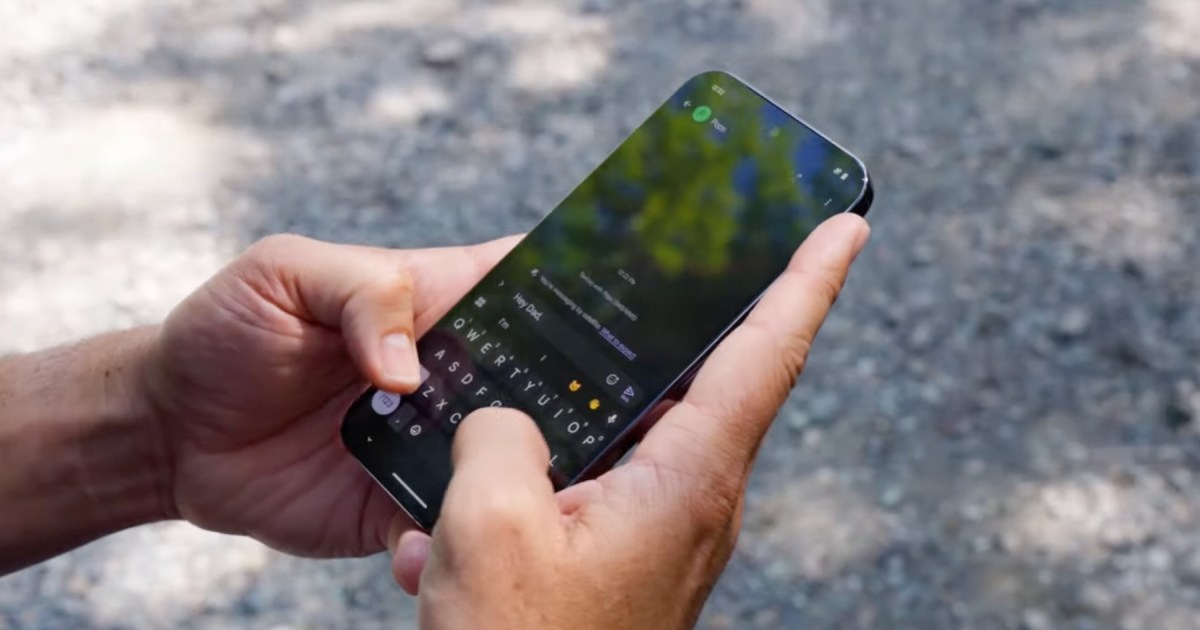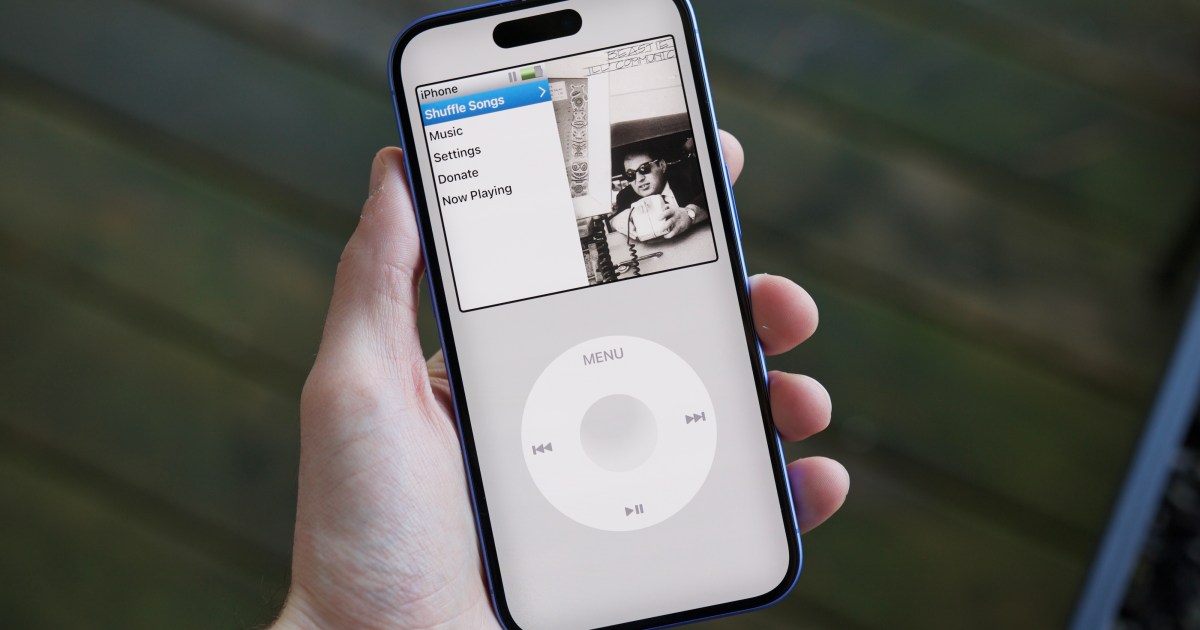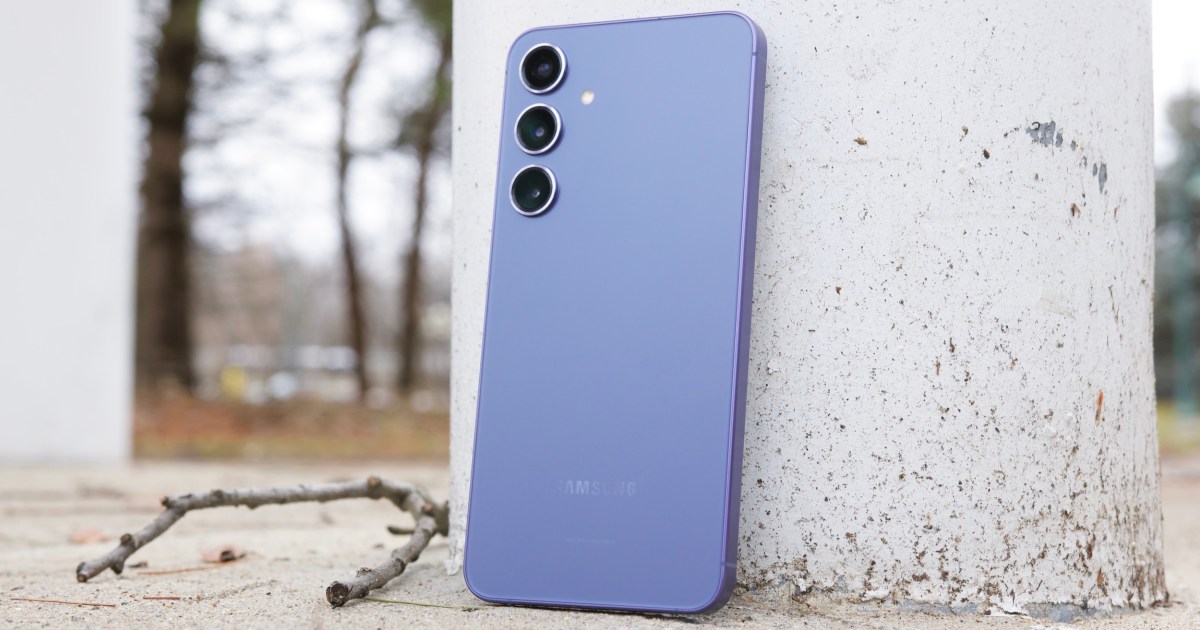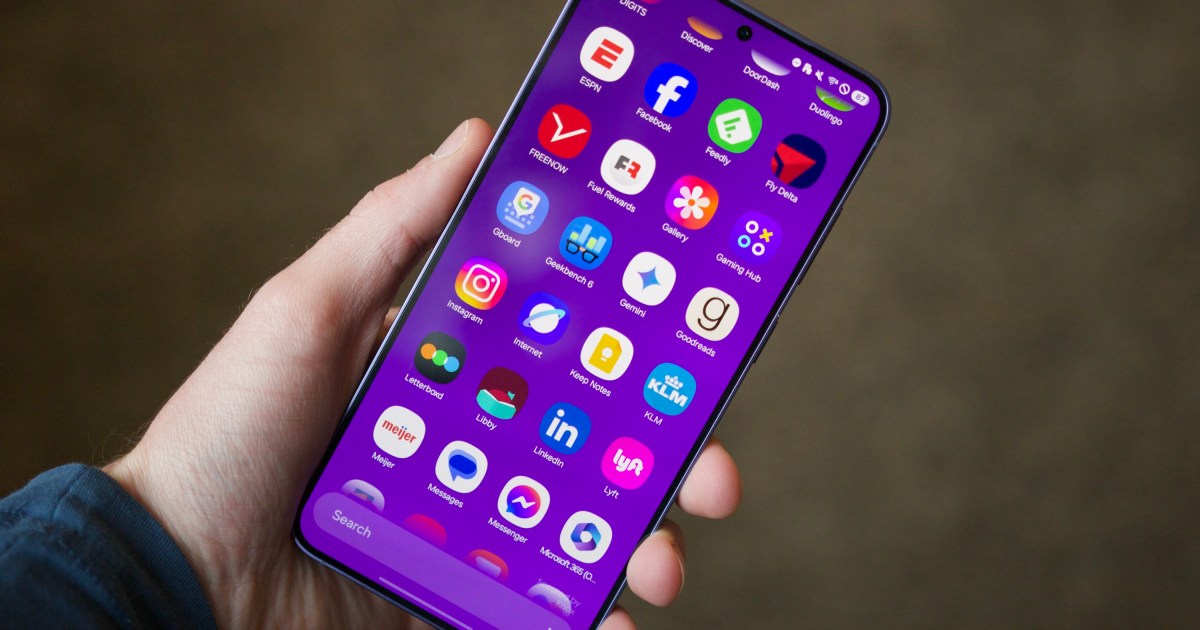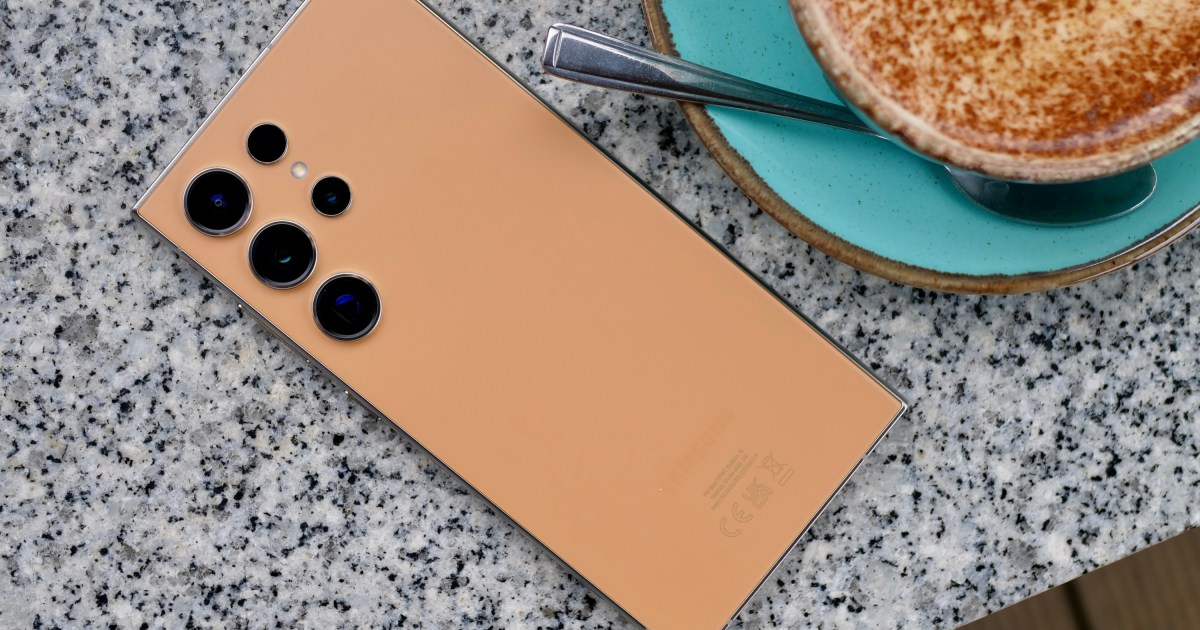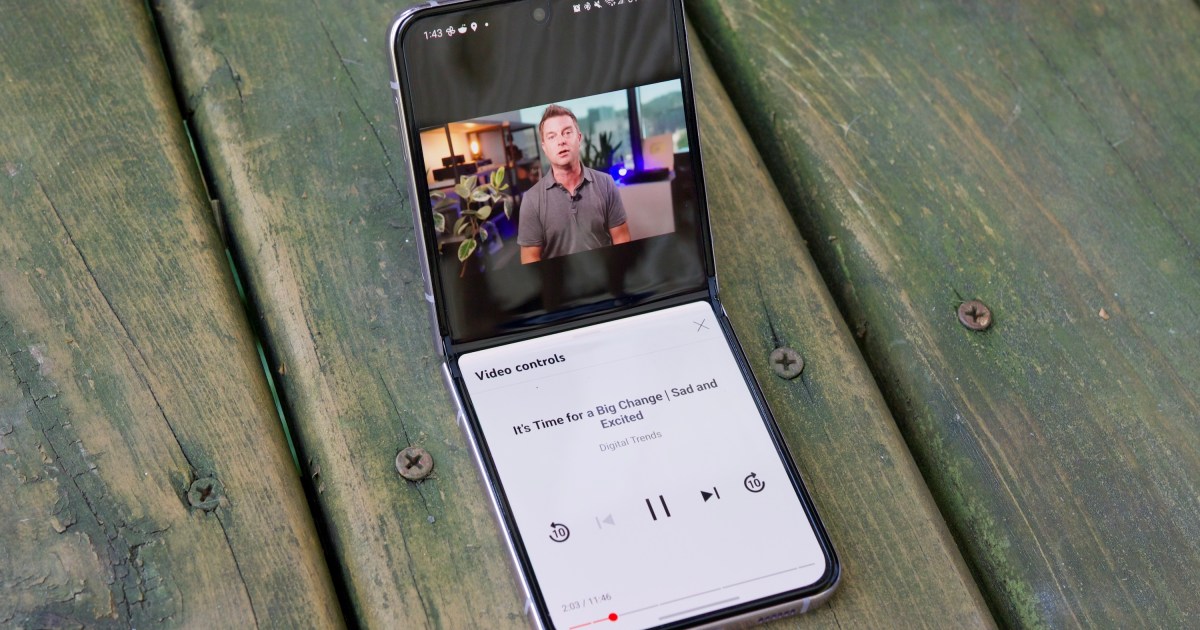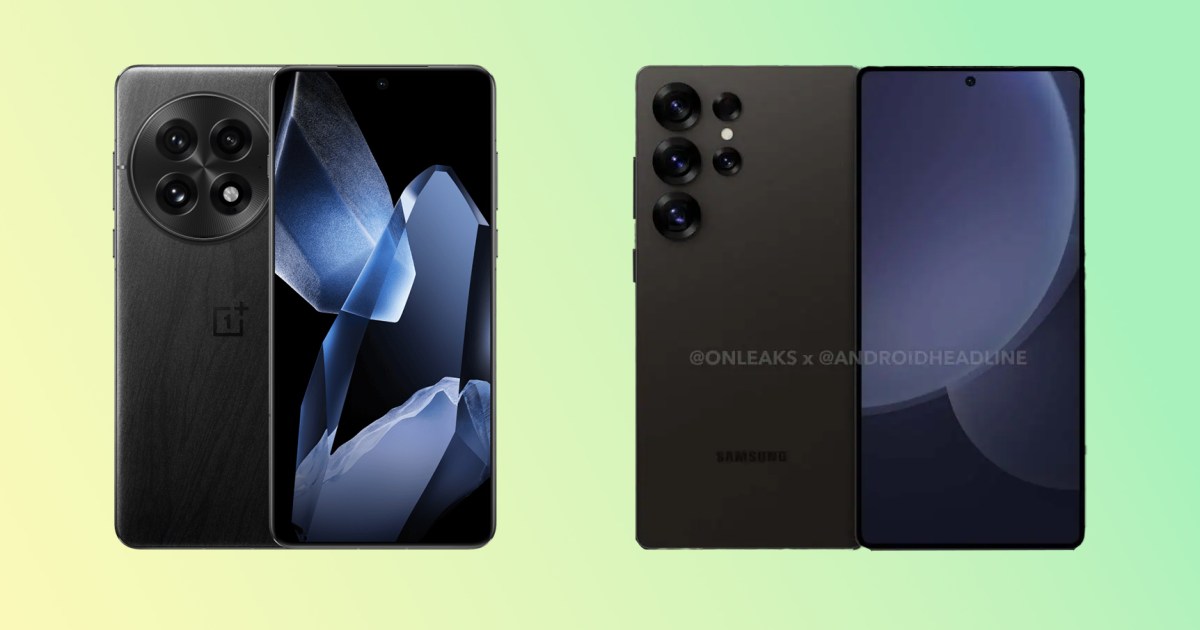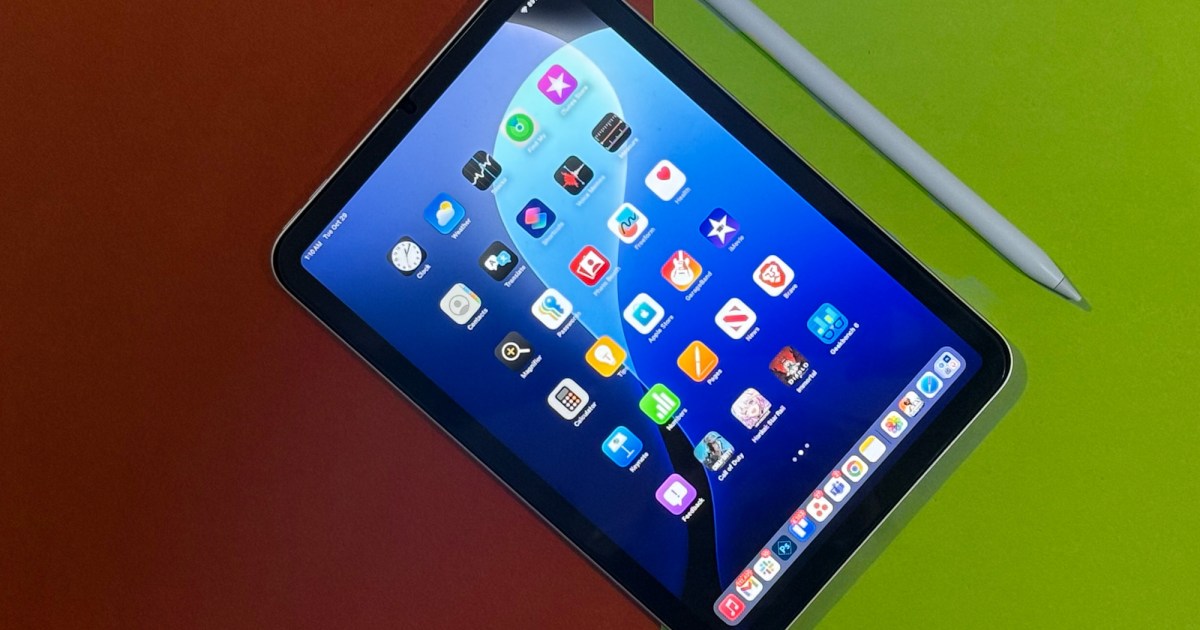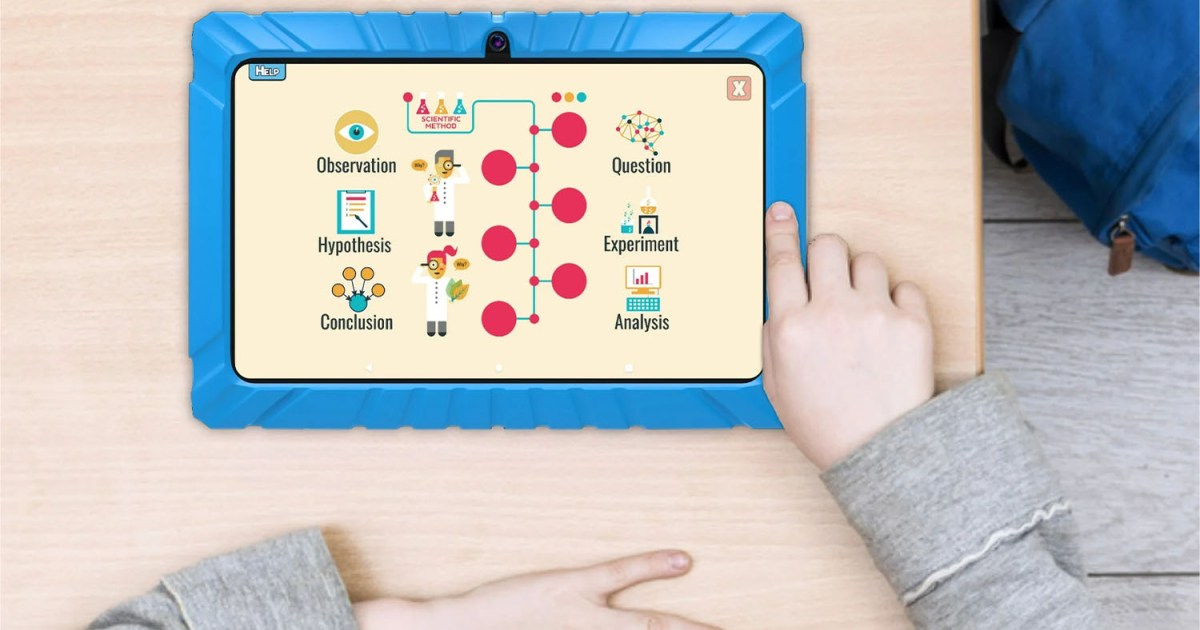T-Mobile’s ambitious plan to eliminate mobile dead zones, announced in 2022 through a partnership with SpaceX’s Starlink, is moving closer to reality. Following a successful emergency alert test in September, the carrier has opened beta registration for its direct-to-cell satellite service.
This beta program, open to all T-Mobile subscribers, including businesses and first responders, marks a significant step towards nationwide coverage. Priority will be given to emergency responders and related organizations. Testing is set to commence early next year, initially focusing on text messaging. Data and voice call capabilities will be introduced in subsequent phases.
Seamless Satellite Connectivity for T-Mobile Users
Unlike current satellite solutions requiring manual phone alignment for a clear sky connection, T-Mobile’s service promises a seamless experience. Messages, both incoming and outgoing, will be handled like regular texts, thanks to the integration with T-Mobile’s existing network infrastructure.
The goal is to provide coverage in areas beyond the reach of terrestrial networks, such as during flights, in remote locations, and even within existing coverage gaps. T-Mobile has already tested the service in a limited capacity during Hurricanes Helene and Milton, demonstrating its potential for disaster relief.
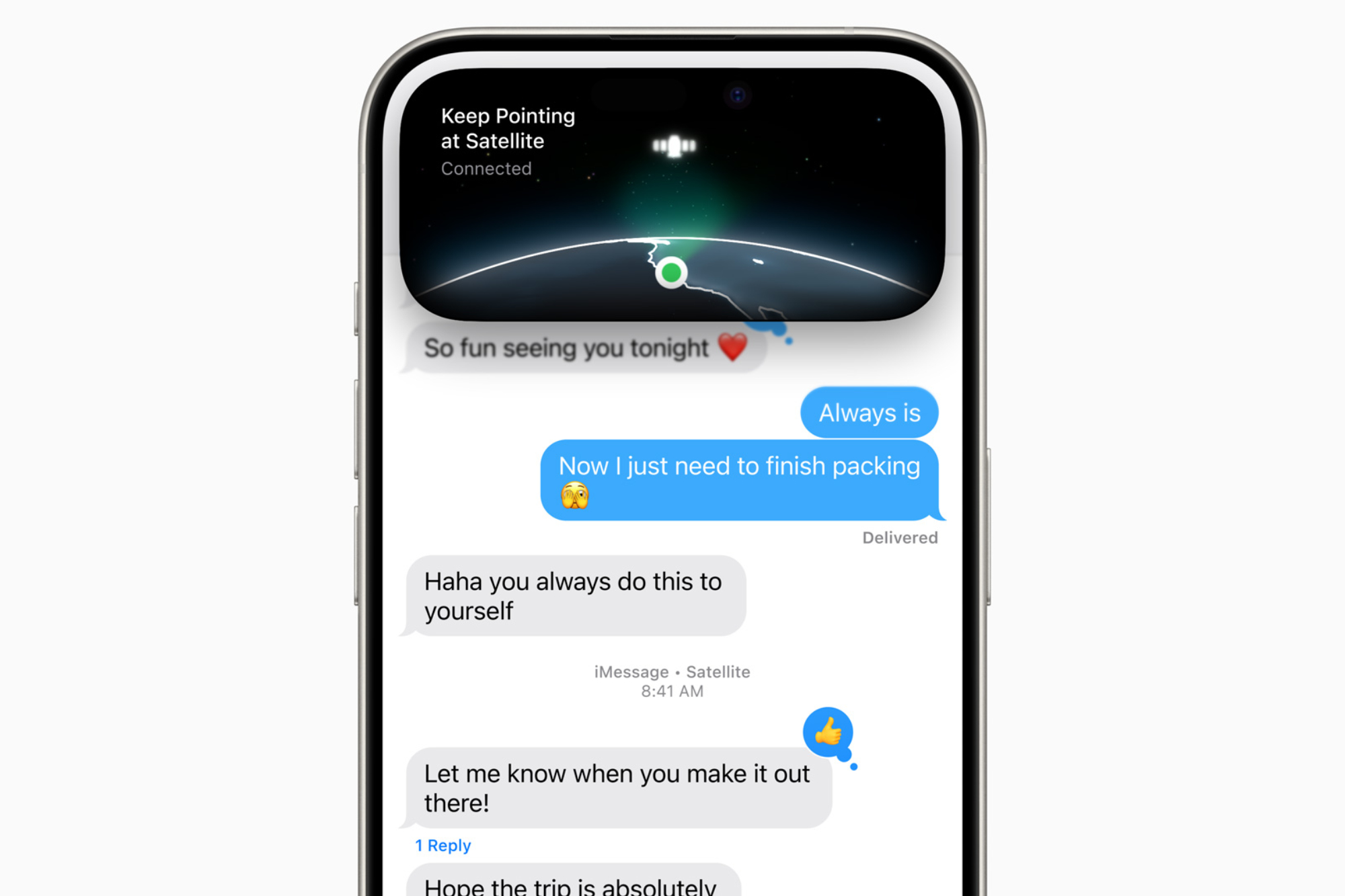 T-Mobile’s direct-to-cell satellite service aims to provide seamless connectivity, even in remote areas.
T-Mobile’s direct-to-cell satellite service aims to provide seamless connectivity, even in remote areas.
Expanding Coverage and Compatibility
Once fully operational, the satellite network is projected to cover over half a million square miles. Importantly, the service doesn’t require specialized hardware or flagship phones. T-Mobile has previously indicated that most existing smartphones will be compatible upon the service’s wider release.
Beta Program Details and Future Rollout
While the beta program aims for broad compatibility, initial testing will be optimized for select smartphones to ensure a positive user experience. As more Starlink satellites launch, the beta will expand to include more customers and devices. This approach avoids the need for users to purchase new phones or dedicated satellite communication devices. More details on compatible devices are available on T-Mobile’s FAQ page.
Satellite Communication Gains Momentum
Apple has been a leader in satellite technology, initially for emergency services and later expanding to general communication in areas without cellular coverage. Rumors suggest the next Apple Watch Ultra will also feature satellite connectivity. Google also introduced satellite messaging with Android 15, initially for Pixel 9 series phones. T-Mobile anticipates a broader launch of its direct-to-cell satellite service sometime in 2025.



